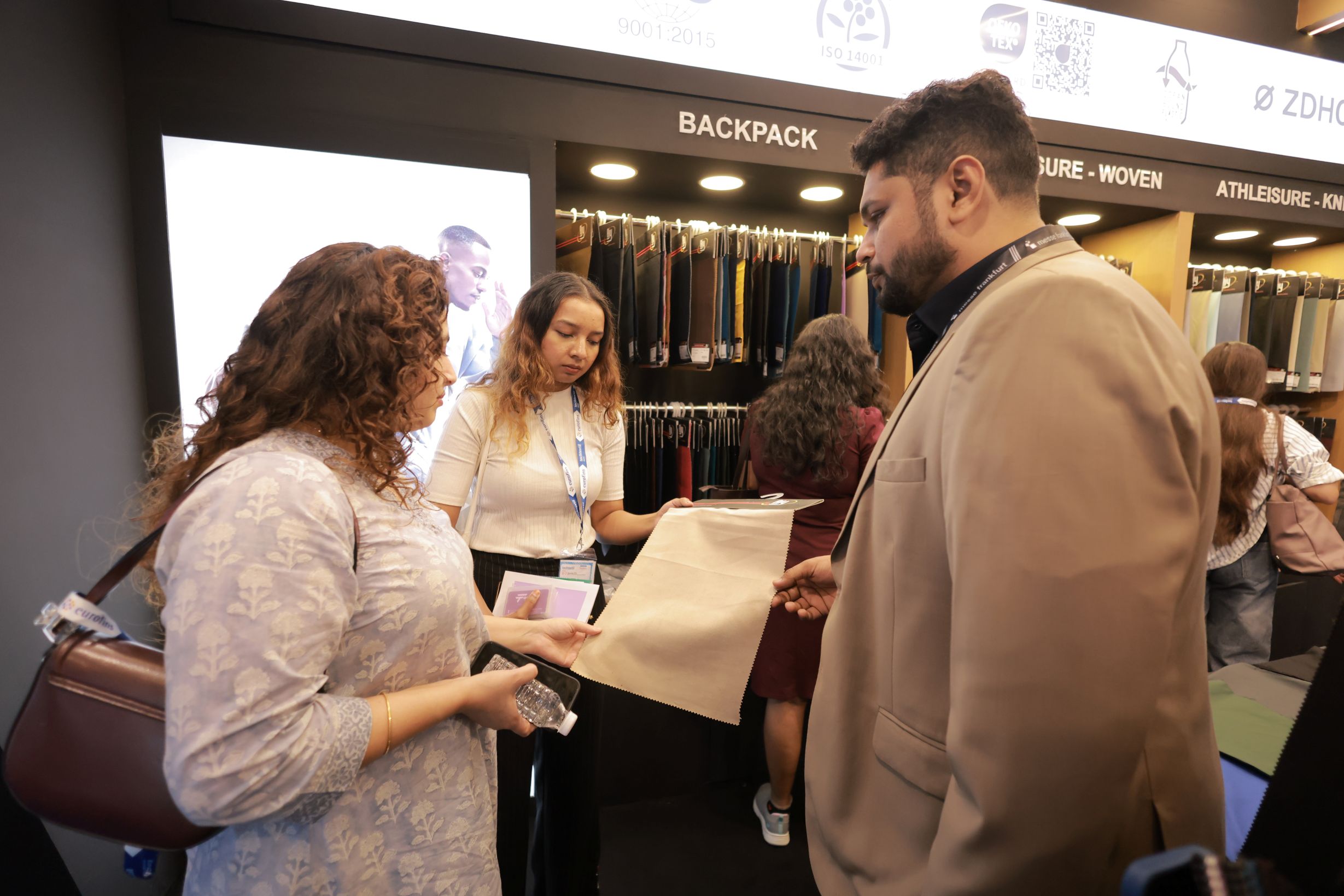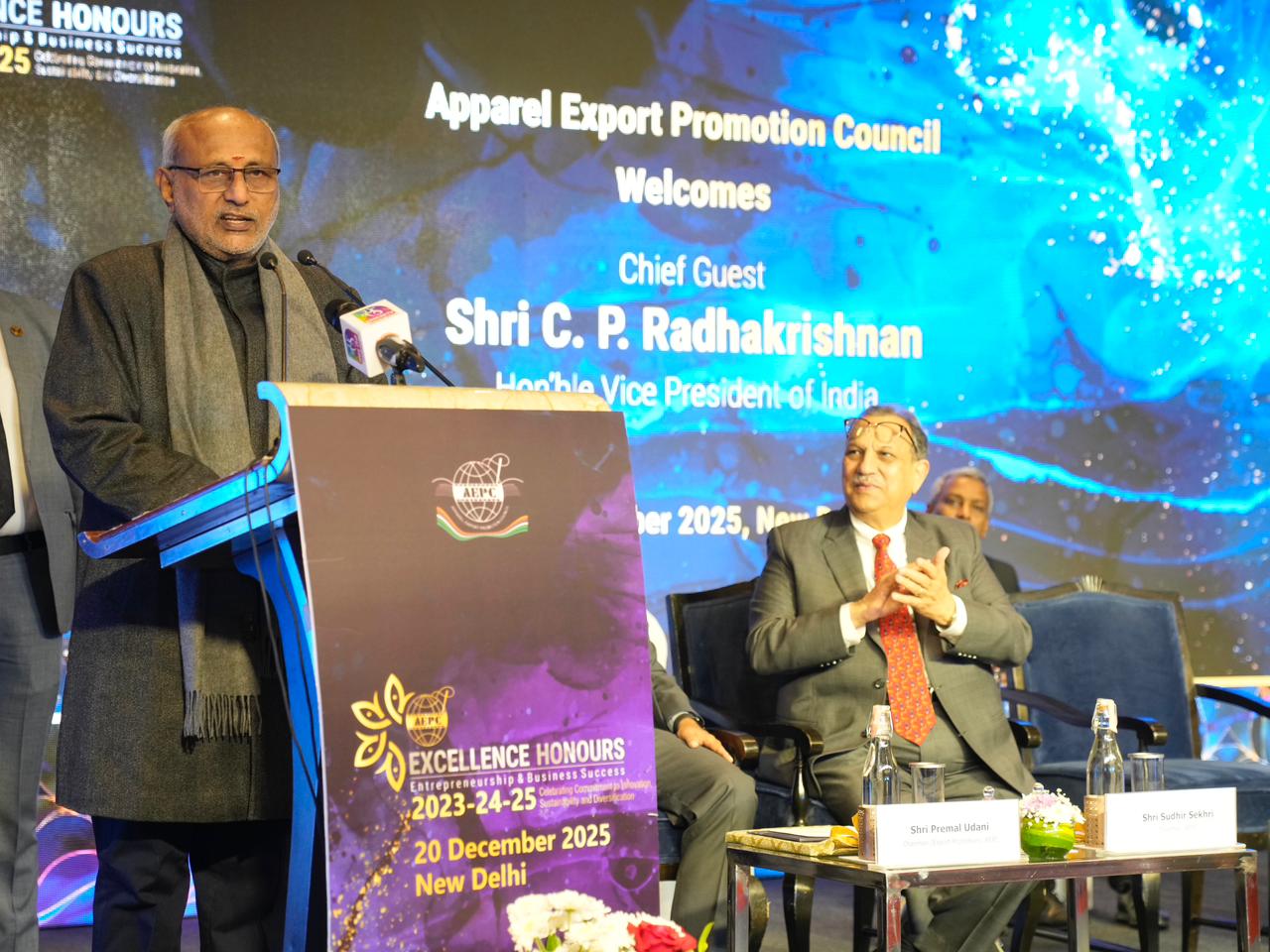FW
Once it's hottest and booming markets, Prada Spa is witnessing a major dip in profits in China and Hong Kong, The Italian luxury brand saw a fall of almost a quarter in its net profit in the first half as sales dipped in China and Hong Kong. Prada, much like several other luxury brands is struggling in mainland China, as Chinese consumers prefer shopping in Europe and Japan for handbags and other luxury products. This is because these products are cheaper there due to exchange rates and the lack of high import duties. Besides, China’s ongoing crackdown on corruption and gift-giving has also hindered the demand in the market.
However, China’s slump is particularly affecting Prada as its handbags and fashion are losing ground. Apparently, Prada was discounting at its stores, a practice, which is typically avoided by high-end retailers to avoid hurting the brand.
The Italian fashion house is still struggling to get back on track after a number of weak quarters, despite favourable exchange rates with a weak euro. The brand also admitted that the ear future does not seem bright. Donatello Galli, Chief Financial Officer believes that in the second half, there would not be a huge improvement either, but that they are working towards cutting expenses wherever possible.
Moreover, analysts say the brand has suffered due to lack of innovative products. The brand is working on launching new handbags to overcome this hurdle. It would be the category that has typically driven growth and has high margins.
Shabir Ahmed, Chairman Pakistan Bedwear Exports Association (PBEA) was surprised by Muhammad Javed Bilwani, the self-proclaimed leader of the value added sector’s claim that he represents the entire value added sector, when in reality, Bilwani does not. All individual associations are represented by their registered trade associations such as Garment Association, Towel Association, Fabric Association, etc, and Bilwani only represents a small sector of the Hosiery Association. Ahmed is unhappy by the fact that Bilwani was giving wrong export figures. For example, about knitted fitted bed sheets, Bilwani had said Pakistan exports was $750 million, while the correct figure is about $200.
Bilwani statement has not gone down well with PBEA as they believe it is damaging the sector. Pakistan’s exports are dipping, while unemployment rate are on the rise. Also, foreign exchange earnings are low, which is affecting the country’s economy badly.
Ahmed says PM Sharif should take immediate steps to halt the dip in exports and raise employment and industrialisation in the country. He further urged the PM to look deep at the quality of bureaucracy, and to make efforts to improve the economy.
Bangladeshi businessmen and international relations experts are hopeful that Gao Hucheng, the Chinese commerce minister’s recent visit to the country would strengthen bilateral relations over the next few months. China granted Bangladesh nearly $100 million to set up an exhibition centre and expressed interest to invest $300 million in the country’s textile sector during. An MoU was signed on Bangladesh-China Friendship Exhibition Center project between AMA Muhith, Bangladesh Finance Minister and the Chinese Commerce Minister.
The grant and proposed investment will prove to be a boon, believe the textile bigwigs. Experts, feel this is another example of Bangladesh’s growing geo-political and economic importance in the region. Purbachal in the outskirts of Dhaka, will see a Bangladesh-China Friendship Exhibition Centre being set up, spread over 33,000 sq. ft. with 800 exhibition booths. China will provide $86.76 million to Bangladesh as grant of the total cost of the project, which is $102.2 million.
Abul Maal Abdul Muhith, Bangladesh Finance Minister said the Chinese government wants to increase regional connectivity, by constructing roads from Myanmar to Kunming through Bangladesh. Nearly 23 km of the proposed international road from Myanmar to Kunming would be built by Bangladesh under the Bangladesh-Myanmar friendship road project as a gesture by Bangladesh to China, he added.
Modal was developed 50 years ago by Lenzing. The fiber has become an essential part of the textile world and is used in an array of textile products. At the beginning of the 1960s, scientists at Lenzing embarked on a quest to find a cellulose fiber similar to cotton but with a higher tenacity profile than viscose. Research activities focused on the development of modal fibers.
For decades Lenzing was the only fiber manufacturer to produce modal fibers. One of the first uses for the fiber was in tapes to close potato bags. Intensive marketing measures to position the fiber in textile applications and Lenzing’s constant technological development subsequently led to the success of the modal fiber category.
Modal has been perceived as the ideal solution in terms of both textile processing and environmental aspects. Investments in technology are what have made Lenzing modal one of the most sustainable fibers in the textile industry. It is made with beech wood, a replenishable raw material, and during production up to 95 per cent of the chemicals used is recycled. Lenzing modal is Co2-neutral since the production process is integrated with cellulose recovery. In recent years Lenzing has introduced specialties like Lenzing Modal Color and Micro Modal Air.
www.lenzing.com/
China will overtake the US and become the world’s largest apparel market by 2019. Annual apparel sales in China in 2019 would be up 25 per cent from 2014. In comparison, apparel sales in the US would grow just three per cent over last year’s sales. Despite falling yuan, rising raw material and labor costs, China would continue to be a leader in the global apparel market.
The Chinese market is more competitive than the US because no apparel brand in China was able to achieve a market share greater than one per cent in 2014. Domestic brands overall outperform international brands in the Chinese market. Controlling sourcing cost will be equally important for China as well as the United States. Most US apparel imports are Made in China with the applied tariff rate as high as 9.63 per cent for textiles and 16.05 per cent for apparel.
US imports are continuing to rise. Apparel importers in the US expect greater inbound shipments from Asia this season, but they are shipping later. Peak season isn’t July anymore. It’s slipping back a bit for many fashion companies. They are looking at shipping in August, September or even October.
ITMA will be held in Italy from November 12 to 19, 2015. Over 1,600 exhibitors from more than 40 countries are taking part. Expectations are that more than 1,00,000 visitors from more than 140 countries will participate. ITMA is the world’s largest exhibition of textile and garment machinery technology. It is held every four years in Europe.
The European Committee of Textile Machinery Manufacturers (CEMATEX) comprises national textile machinery associations from Belgium, France, Germany, Italy, Netherlands, Spain, Sweden, Switzerland and the United Kingdom. It is the owner of ITMA and ITMA Asia. ITMA has a 64-year history of displaying the latest in machinery and software for every single work process of textile making.
ITMA 2015 is a global marketplace and one-stop sourcing platform for emerging trends and innovation solutions; acquiring new knowledge and best practices; and establishing strategic relationships with industry leaders.
The next ITMA will be held in Spain, June 20 to 26, 2019. The last time the show was in Spain was in 2011. Exhibitors and visitors were impressed with the facilities and infrastructure on site. There were a lakh of visitors from 138 countries. Ninety per cent of the visitors came from outside Spain. The international mix of visitors and buyers was very well received by exhibitors.
www.itma.com/
The Beltwide Cotton Conference will be held in the US from January 5 to 7, 2016. It will bring together stakeholders in the US cotton production sector, including growers, university and researchers, consultants, and industry sales and support personnel. The event will focus on production, processing and marketing problems. It’s aimed at strengthening US cotton’s competitive position in the domestic and global markets and increasing members’ profitability.
Various sessions will focus on new developments, including discussions and reports on new varieties, chemistries and emerging technologies. Conferences will provide updates on weed management strategies. Entomologists will also provide updates on the latest research on neonicotinoid insecticides including their impact on pollinators and possible replacements for this important class of chemistry should alternatives become necessary. Also on the agenda is an overview of current status of unmanned aerial vehicles and how they may be effectively integrated into a precision agriculture program to improve production efficiency and profitability.
There will be 11 cotton technical conferences, ranging from agronomy to weed science. The cotton conferences provide an excellent environment for groups to exchange information. This exchange helps guide cutting-edge research in agronomy, pest management, economics and other important disciplines that can lead to more efficient cotton production, processing and marketing.
https://www.cotton.org/beltwide/
The Trading Corporation of Pakistan (TCP) has scrapped its fifth cotton tender. Not a single bidder submitted bids for procurement of the commodity mainly due to the 10 per cent advance tax. Although TCP’s cotton quality is better than the market’s, the imposition of advance tax restricted millers and traders from participating in the tender. There is no advance tax on cotton buying from the market. So, most traders are reluctant to buy cotton from the corporation.
In addition, offloading of cotton stocks at the time of arrival of the new crop created some challenges for the state-run grain trader. Domestic buyers or textile millers prefer to procure the new cotton crop instead of TCP’s stocks procured during the last season.
Out of five tenders, three were scrapped as bids were less than the reserve price. Some 10,800 cotton bales were offloaded through two tenders. Some 6,800 cotton bales were sold through the first cotton tender and some 4,000 cotton bales in the fourth cotton tender.
In order to stabilise cotton prices in the domestic market, the federal government a year back decided to procure cotton from ginning factories to support farmers and stabilise prices in the domestic market.
www.tcp.gov.pk/
The fourth edition Denimjeans.com, Bangladesh is scheduled for October 7 and 8, at Radisson Dhaka. Nearly 28 companies from around the world are joining the invite only event, which focuses on bringing buyers to Bangladesh. The fashion event ‘Fashionim’ a Mecca for denim connoisseurs is being sponsored by three exhibitors: Envoy Group from Bangladesh, Vicunha from Brazil, and Bhaskar Group from India.
As the denim industry gears up to face competition from ‘athleisure’, this edition of Denim Playground will try and push all denim players to contribute their bit to revamp the industry. The theme of the show is: ‘Denim Playground Dhaka’ where coolest exhibitors from around the world shall bring out their sporty innovations.
Every relevant analysis shows Bangladesh has emerged a leading denim jeans exporter to EU followed by China, who was number one some years back. Last year, Bangladesh shipped over 170 million jeans to EU against 115 million pair of jeans by China. This shows that Bangladesh is now a leader in denim market and will increase its lead over China in coming years. Year 2015 is also witnessing further improving in growth over last year. Denim Playground Dhaka will provide an opportunity to all denim lovers to tap the potential of Bangladesh denim market.
Sandeep Agarwal, Founder of Denimsandjeans says, "In last edition, we were fortunate to have the Godfather of denim, Adriano Goldschmied along with popular denim consultant Piero Turk. Goldschmied’s reaction to our exhibition was par excellence. We successfully managed to bring top brands and companies from around the globe.”
With the threat of global warming looming large, this edition will focus on sustainability. “Apart from exhibitions, we are keen to have seminars and panel discussions to address vibrant issues which are crucial to the health of environment,” says Agarwal.
On October 7, there will be a presentation on fashion applications to amplify denim visuals. And October 8 will see panel discussions on profitable environmentally sustainable denim washing organized by GIZ PSES followed by an exclusive presentation ‘Bridging Research in Cellulose Chemistry for Denim Applications’ by Christian Schimper.
The death of 112 workers in an industrial factory fire in 2012 has prompted a Bangladesh court to order 13 people to stand trial. Out of these, two are garment factory owners. Owners of Dhaka’s Tazreen Fashions, Delwar Hossain and his wife Mahmuda Akter, have pleaded not guilty to culpable homicide charges. The accused face trial on October and up to 10 years in jail if convicted. Khandakar Abdul Mannan, the prosecutor said that the court charged the 13 including Delwar and his wife with causing death by negligence.
This is the first time ever in the country’s history that garment factory owners have been prosecuted, making this case a landmark. Bangladeshi officials were compelled by a public outcry to charge Hossain and Akter, along with 11 factory managers and security guards. This was after investigators found that the Tazreen factory had no emergency exits. The police said that the facility’s gates were also locked and workers were forced to jump from windows on upper floors as the fire spread, and many victims were women who were overcome by smoke.
Located in Ashulia district, Tazreen supplied clothes to brands such as Walmart and Enyce. Western brands have come under pressure to ensure safe conditions for Bangladesh’s four million garment workers, who generally earn less than $50 each month, since the incident. Through several alliances and agreements, many retailers have helped fund safety improvements.












